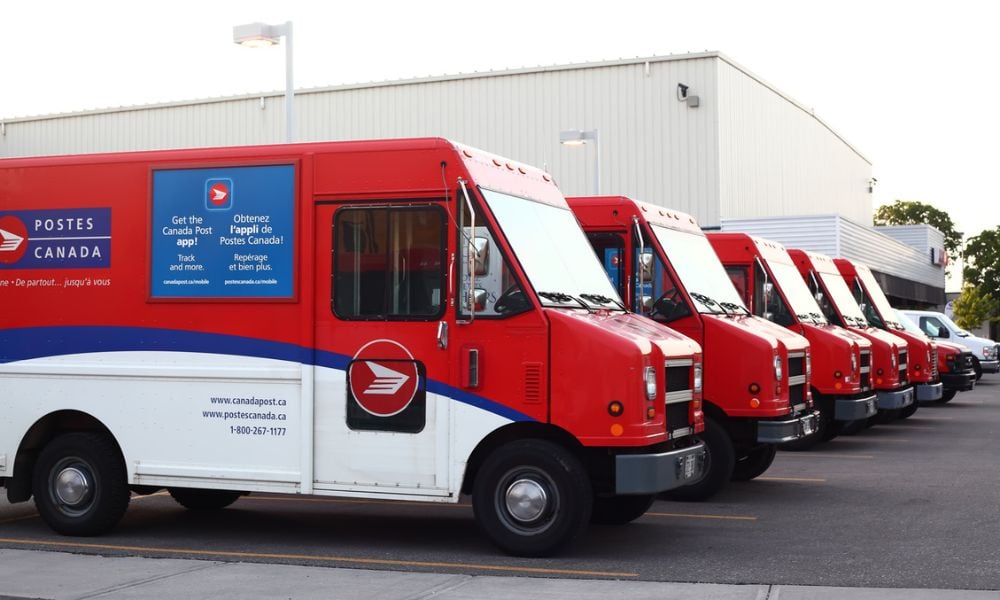Since we were young, we've been conditioned to love games, but why?

Since we were young, we’ve been conditioned to love games. Whether you thrived on the competitiveness of beating your rival, or simply found it an endearing distraction, gaming formed a large part of our childhood.
And whilst we may have moved on from Mario Cart and Pac Man, games are still prevalent in our personal and working lives – through the modern-day modem of gamification.
So, why are so many companies only just clocking on to the powerfulness of this tool?
“Gamification is about creating engagement and changing people’s behavior using the best ideas from games,” he explained. “The other way of thinking about it is as the concept of making game-like programs whose primary purpose is not to entertain.”
“There are two different sides to the gamification equation. People are really distracted at the moment, mainly because of our smart phones. Research from Nielsen found that the average American worker spends about an hour each day playing around on their personal phone; and honestly that seems low for most people I know.
“The time when people should be doing their work, or at least something work-related, they’re actually spending on their phone in response to the gamified ‘bings’ of Facebook or Instagram.”
So, why does this gamified system have such a hold on us – and how can employers harness this power to enhance with employee engagement?
“We often talk about three different core components of good gamification,” explained Zichermann. “Progress, achievement and mastery. Progress is the sense that you’re making progress on something which is important to you. It’s the way a gamified system feeds back to you that you’re moving up a level or a tier, and towards an ultimate goal.
“Achievement is the sense of instant gratification and reward; the notion that we’ve accomplished something. Mastery is this idea that whatever you’re working on is leading you to having a greater amount of mastery over that subject.”
And it seems as if there’s one section of HR that particularly lends itself to gamification – the realm of Learning and Development.
“Part of the reason L&D has been such a core supporter of gamification is that they’re keenly aware a lot of the issues they work on are ones employees view as hurdles to be overcome, rather than opportunities to improve themselves.
“L&D historically has this problem where there’s low take-rate on optional programs. On compulsory L&D there’s low attachment and success. Gamification has been used extensively in that department to try and make learning more fun. We’ve all had a teacher or two that was fun and engaging; and the difference in class performance between a fun teacher and a terrible one is marked.”








